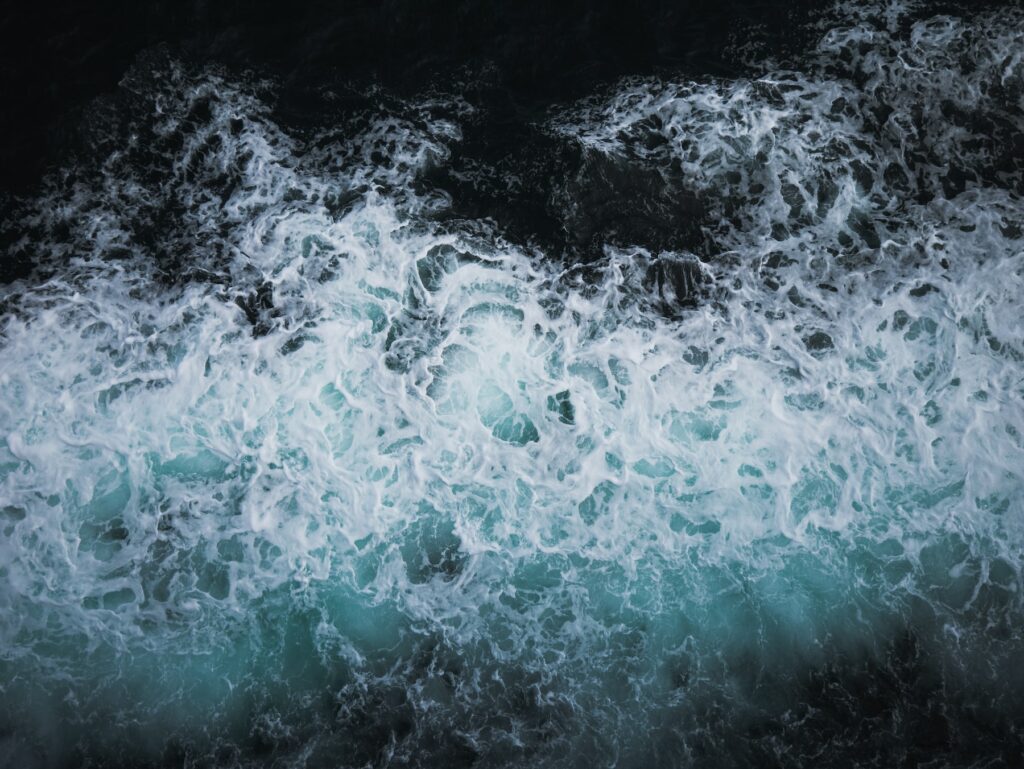Introduction
3D surface reconstruction has played a crucial role in various fields, including computer vision, robotics, and digital entertainment, for quite some time now. As the need for faster, more accurate, and higher-quality 3D models grows, traditional methodologies like multi-view stereo algorithms face limitations in meeting these increasingly complex demands. Enter Neuralangelo, an innovative solution tailored for producing high-fidelity surface reconstruction by leveraging the potential of RGB images.
Background on 3D Surface Reconstruction
Classical 3D surface reconstruction methodologies, such as multi-view stereo algorithms, have long been the go-to solutions for generating detailed 3D models. However, these methods have often struggled to yield satisfactory results in the face of challenging lighting conditions, complex geometries, and richly detailed textures. As a result, neural surface reconstruction has emerged as a promising alternative, offering the potential for significantly improved accuracy and detail.
Neuralangelo: A New State-of-the-Art Framework
Neuralangelo is a groundbreaking framework that combines Instant Neural Geometric Plus (Instant NGP) and neural Signed Distance Function (SDF) representation. Instant NGP is based on a hybrid 3D grid structure with multi-resolution hash encoding, rendering the storage of high-resolution SDF compact and efficient. Meanwhile, the use of lightweight Multi-Layer Perceptron (MLP) further enhances the computation performance and scalability of the framework.
Key Techniques in Neuralangelo
In addition to the innovations mentioned above, Neuralangelo relies on several unique techniques to achieve optimal results. One such approach is the use of numerical gradients, which allows for the computation of higher-order derivatives, such as surface normals. This enables the generation of highly precise and intricate surface details.
Moreover, Neuralangelo employs a progressive optimization schedule guided by a multi-resolution image pyramid. As a result, this versatile framework can reconstruct surfaces with remarkable fidelity, starting with a coarse outline and gradually refining the details to ensure utmost accuracy.
Applications of Neuralangelo
The cutting- edge technology behind Neuralangelo paves the way for a myriad of applications across different industries. Its potential uses include:
- High-quality digital replicas for augmented, virtual, and mixed reality experiences, allowing for more immersive and interactive environments.
- Mapping environments for autonomous robotic navigation, enabling efficient navigation and planning for various robotic applications, from industrial automation to search-and-rescue operations.


![The ‘Giveaway Piggy Back Scam’ In Full Swing [2022]](https://www.cjco.com.au/wp-content/uploads/pexels-nataliya-vaitkevich-7172791-1-scaled-2-683x1024.jpg)

